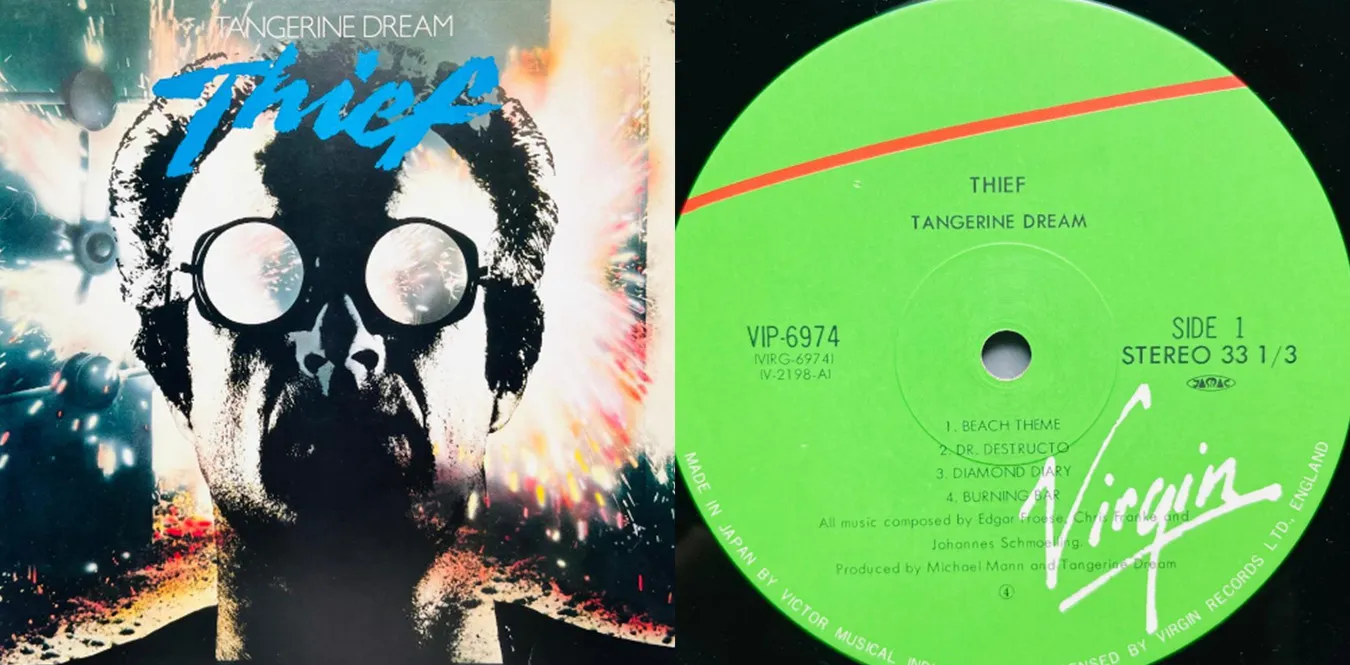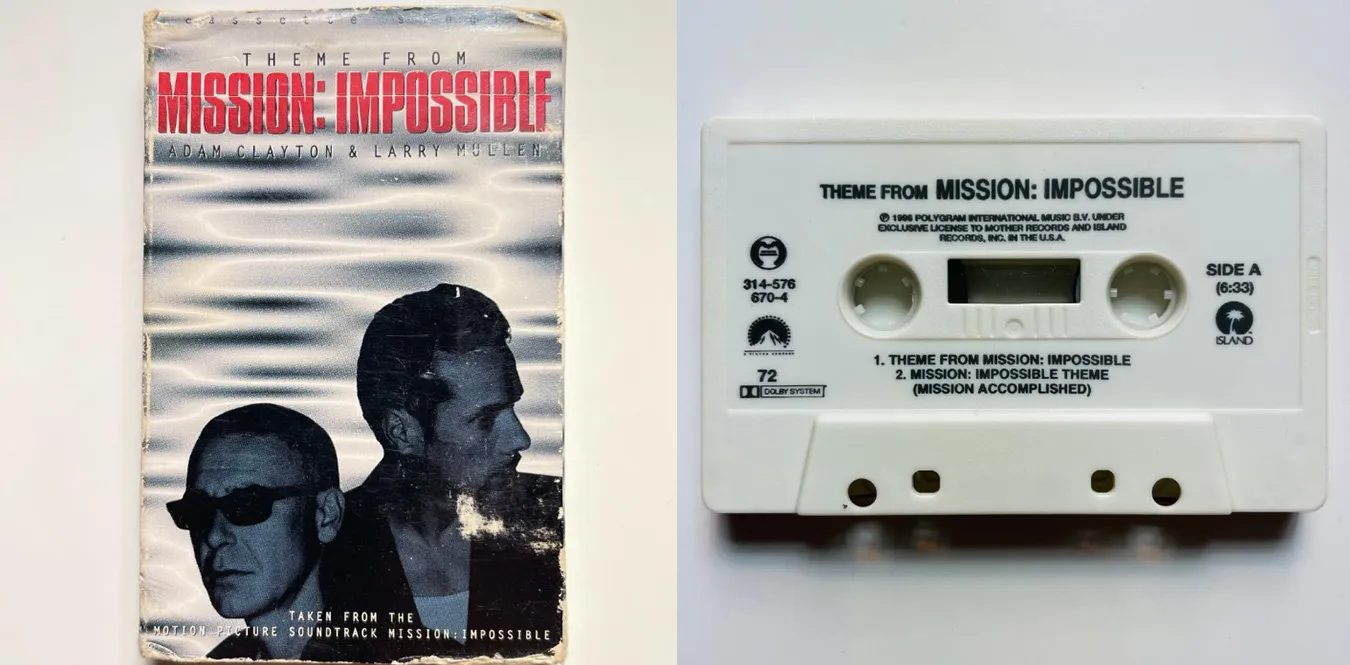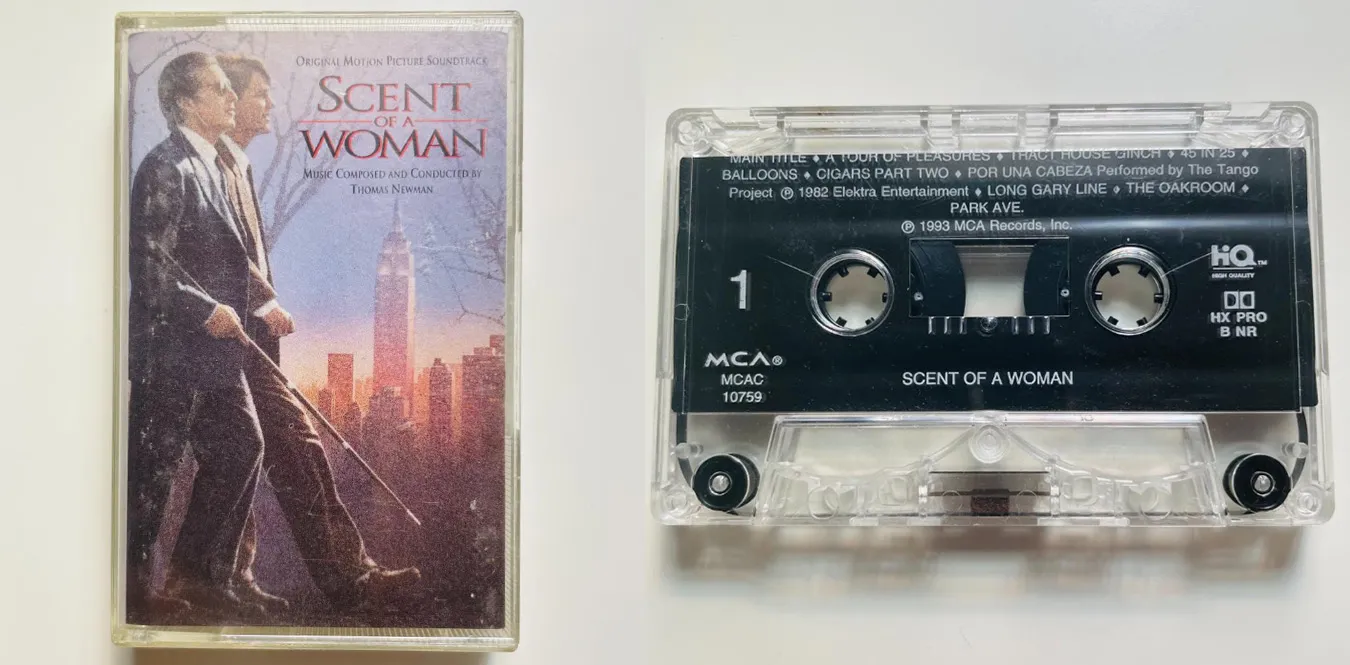[Column] Wrong Way Up and "The Beach"—Reverberations of utopia and the other side of civilization
Column en Ambient Film Soundtrack Synth-Pop![[Column] Wrong Way Up and](/../assets/images/column-wrong-way-up-beach.webp)
Prologue: Those heading south — the modern “paradise” fantasy
| Text: mmr | Theme: Exploring the sounds of utopia and escape through Brian Eno & John Cale’s “Wrong Way Up” and “The Beach” starring Leonardo DiCaprio |
At the end of the 1990s, the world still believed in the word “paradise.” The end of the Cold War, the birth of the Internet, and dreams of globalization. However, cracks were already appearing behind that dream. Brian Eno and John Cale”s ““Wrong Way Up” (1990) and Leonardo DiCaprio”s ““The Beach” (2000) stand on opposite ends of that chasm.
Both stories are about heading south. It depicts the loneliness and disillusionment that lurks in the attempt to find paradise at the end of escape. “Wrong Way Up” oscillates between electronic sounds and melodies as it unfolds an “inner journey.” ““The Beach” depicts the ““collapse of a community” in the depths of a tropical landscape. Paradise is no longer a place, but a projection of the mind.
Chapter 1: The Miracle of Collaboration—Eno and Cale, the intersection of two brains
In the 1970s, Eno left Roxy Music and became a leader in experimental music. John Cale, on the other hand, had left the Velvet Underground’s influence and drifted between classical and avant-garde. Throughout the 1980s, the two felt distant from each other, but finally met in a London studio in 1990.
Wrong Way Up is an album that perfectly combines Eno”s ambient sonic thinking with Cale”s architectural drama. During recording, the two often clashed. Eno”s idea of ”shaving down” and Cale”s “building up” nature clashed head-on. But that tension breathes life into the sound. The floating feeling of “Spinning Away,” the layered rhythm of “One Word,” and the transparent anxiety of “Empty Frame.” Everything was a product of “cooperation and friction.”
“You don”t collaborate to agree. You collaborate to discover.” — Brian Eno
Chapter 2: “Another Journey” called “Wrong Way Up”
The title “Wrong Way Up” has a double meaning. It is a sense of discomfort in an ““upside down world,” and at the same time, it is an allegory for ““a mind that wanders as it ascends.”
Sonically, Eno”s signature smooth ambience is infused with Cale”s melodic intent. For example, “Spinning Away” is a perfect mix of floating feelings and nostalgia. Synth particles sparkle like reflections on the ocean”s surface, and Cale”s voice evokes the idea of ”distant land.”
“Up on a hill, as the day dissolves, With my pencil turning moments into line…”
The melody is like a ““memory sketch.’’ This album was a forerunner of Eno’s ““environmental pop’’ from the 1990s onward, and was inherited by the sounds of Coldplay and Moby. ““False ascension’’ may refer to the path we take in what we believe is the correct path.
Chapter 3: “The Beach”—A story of the collapse of a utopia in the digital age
The 2000 film ““The Beach” by Danny Boyle summarizes the ““escapism myth” of young people at the end of the 20th century. Richard, played by DiCaprio, obtains a map of the legendary “hidden island” at a cheap hotel in Bangkok and heads to “paradise” with his friends. However, what awaits them is not happiness, but communal madness and individual collapse.
Director Boyle depicts the tropical landscape as a ““dazzling reality.’’ The music on ““The Beach’’ is also impressive. The transparent chorus of All Saints “Pure Shores”, the tranquil electronic sound of Moby “Porcelain”. These were echoes of an “electronic utopia” that was an extension of “Wrong Way Up.”
“Paradise is not a place — it”s a state of mind.” (from “The Beach”)
At the end of the movie, Richard loses his friends and returns to reality. The ““faint electronic sound” that plays at that moment echoes the boundary between beauty and loss, just like Eno & Cale’s ““Wrong Ascent”.
Chapter 4: The intersection of sound and image——Sound as a utopian illusion
Eno & Cale’s music and the visuals for The Beach have a similar feel. It is “transparent impatience.” Both have a hint of anxiety in their tropical brightness.
Although the rhythmic structure of ““Wrong Way Up” is electronic, it gives the impression of ““human breathing.” The Beach soundtrack similarly explores the balance between club beats and natural sounds. The underlying theme is the “intersection between nature and technology” and the idea of Ambient = Landscape of Mind, which Eno has advocated since the 1980s.
“The idea of ambient music is to make you feel part of a landscape that may not exist.” — Brian Eno
The landscape of ““The Beach’’ is also a paradise that does not exist - a simulation on the screen. Here, sound and images perfectly overlap, creating a modern ““illusion of utopia.’’
Chapter 5: Art in the post-utopian era—what lies beyond “escape”
Where will we run to in the 21st century? In an era where social media connects the world and AI plays a part in imagination, the phrase “Wrong Way Up” rings even more realistic. ““False ascension’’ is now a metaphor for civilization.
Eno & Cale’s album had a premonition of “music after giving up on paradise.” The melody asks quietly. “If you can’t find paradise, build it in music.”
The moment at the end of “The Beach” when Richard stares at his computer screen with a smile on his face. There are no more tropical lights or dreams of community. However, the ““reverberations of distant sounds’’ remain in his heart.
Final chapter: The sound of the receding beach—a collaboration as a utopian reverberation
The decade from 1990 to 2000 was a time when the boundary between reality and fantasy melted. ““Wrong Way Up” and ““The Beach” document this change both audibly and visually.
Eno and Cale’s collaboration was just a fleeting chemistry, but it left a lasting impression. It was not ““music seeking paradise,” but ““a prayer after losing paradise.”
Their sounds come and go like waves. And in our hearts, we continue to quietly draw a unseen beach.
Appendix: Related discography
| Artist/Work | Year | Notes | Link |
|---|---|---|---|
| Brian Eno & John Cale – Wrong Way Up | 1990 | Collaboration album. A fusion of human melody and electronic transparency. | Amazon |
| The Beach (Soundtrack) | 2000 | Moby, All Saints, Faithless and more participate. Music of the sea and solitude. | Amazon |
Postscript
If you want to watch “The Beach” after listening to “Wrong Way Up,” You might hear the reverberations of Spinning Away behind the last sound of the waves. That is the “sound of utopia” in modern times.

![[Column] Western horror movies and their soundtracks since 2010](/../assets/images/column-horror-soundtrack.webp)
![[Column] Haruomi Hosono - Traveler of sound, quiet innovation that transcends the times](/../assets/images/column-haruomi-hosono.webp)


